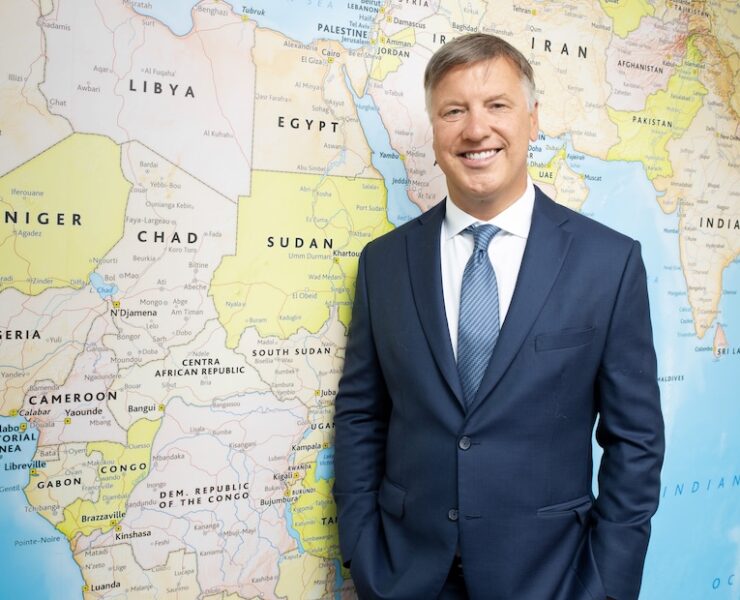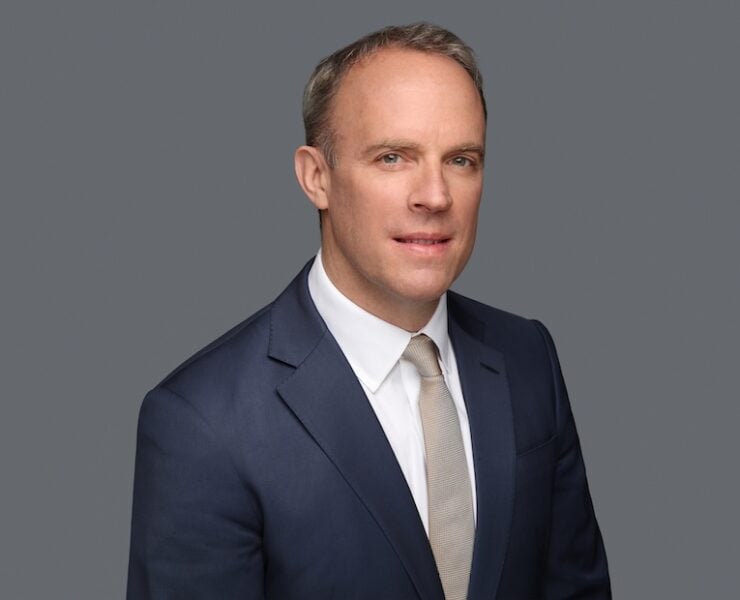Saudi retail real estate shows cautious optimism in a shifting landscape
Saudi Arabia’s retail real estate sector looks poised for growth. However, risks like oversupply, evolving consumer preferences, and economic volatility could test the market’s resilience

The growth path for retail real estate in Saudi Arabia is promising for 2025–2026, primarily driven by the government’s commitment to infrastructure development, the rise of mega projects, and the entry of international brands.
Key cities like Riyadh and Jeddah are seeing a surge in new retail developments, ranging from shopping malls and entertainment complexes to mixed-use developments that integrate retail, hospitality, and residential spaces. Increased tourism will further boost retail sales, attracting both investors and developers. The government’s foreign investment policies, such as allowing 100 per cent foreign ownership, could also help grow the sector.
Despite the positive market outlook, the sector must navigate challenges such as changing consumer behaviour, e-commerce growth, and potential oversupply. Additionally, Saudi Arabia’s consumer spending and sentiment could be materially affected by volatile oil prices due to trade tensions.
Underlying retail real estate trends remain robust
The kingdom’s Vision 2030 plan aims to diversify the economy beyond oil, focusing on retail, tourism, and entertainment.
The plan includes projects such as NEOM, The Red Sea Project, and AlUla, intended to attract millions of visitors and boost retail demand. Saudi Arabia’s strong per capita income (estimated at $30,800–$32,400 for 2025–2028) and consumer spending on retail and entertainment are expected to grow, given the increasing youth population. Meanwhile, the country’s gradual transformation toward a more socially liberal society is leading to higher footfall in malls and retail destinations.
Saudi Arabia’s population of over 35 million is increasing steadily, with the younger demographic drawn to shopping, dining, and entertainment experiences. Urbanisation trends are driving demand for modern retail formats, including lifestyle and entertainment hubs and high-end shopping malls, making the kingdom a major target market for international brands and leading to increased demand for premium retail spaces.
The government revised its tourist visitor target to 150 million by 2030 after surpassing its yearly aim of 100 million in 2023. As of third-quarter 2024, 85.5 million tourists had spent SAR209bn in the kingdom. Events like Riyadh Season, Jeddah Season, and the expansion of religious tourism in Makkah and Madinah are key demand drivers for retail real estate.
New supply will pressure rental rates
The Saudi retail real estate market is witnessing a new supply wave, with large-scale developments set to open between 2025 and 2030. According to Knight Frank’s 2024 Saudi Arabia Giga Projects Report, 7.4 million square metres of new retail real estate is under development, including at Diriyah Gate, The Red Sea Project, and NEOM. The volume of retail projects in the pipeline does raise the risk of potential oversupply, particularly in secondary locations where demand may not be sufficient to absorb new retail spaces.
Changing landscape of Saudi retail and lifestyle
With an influx of retail space entering the market, rental rates could face downward pressure. Key factors influencing these rates include location, competition, and asset quality. With new malls and retail centres in the pipeline, landlords will likely offer competitive leasing terms to attract tenants.
Knight Frank forecasts Riyadh’s supply to grow by 50 per cent by 2027 and Jeddah’s by 75 per cent over the same period.
This growth could lead landlords to provide rental discounts, revenue-sharing lease models, and other incentives to maintain occupancies. Retailers are increasingly prioritising foot traffic and tenant mix over sheer size.
While prime locations in Riyadh and Jeddah will likely maintain stable rental rates due to strong demand, secondary locations might see a drop in rental values due to oversupply.
Traditional retail offerings need to evolve to meet changing consumer preferences. The demand for large anchor stores is declining as Saudi consumers shift toward digital shopping and experience-driven retail, a trend also evident in the UAE. This shift could weigh on rental rates in traditional malls, where businesses could struggle if they fail to adapt.
Saudi Arabia’s economy, a work in progress
Saudi Arabia’s economy, while diversifying, is still influenced by global oil prices. We recently lowered our oil price assumption by US$5 per barrel for the remainder of 2025 to $65/bbl for Brent and $60/bbl for WTI, reflecting our view that the oil market could be oversupplied.
Intensifying global trade tensions could also weigh on macroeconomic growth. Investment in key emerging markets may remain subdued until there is greater clarity regarding the effects of protectionism on economic growth, inflation, and interest rates. Additionally, global geopolitical tensions are, in our view, at the worst level in decades, posing a serious risk of economic disruption.
Lower oil prices and market volatility amid escalating global trade tensions and a fragmented geopolitical environment could dampen government spending and non-oil economic growth in Saudi Arabia.
A weakening macro environment could affect consumer spending and retail sector performance in Saudi Arabia. Challenges such as potential oversupply, shifting consumer behaviour, and the rise of e-commerce will require market players to adapt strategically.
If developers and landlords focus on differentiation, experiential retail, and flexible leasing models, they stand a better chance of remaining competitive.
While the sector has strong growth prospects, careful planning and market positioning will be crucial for its long-term success.
The writer is director, Corporate Ratings, S&P Global Ratings




